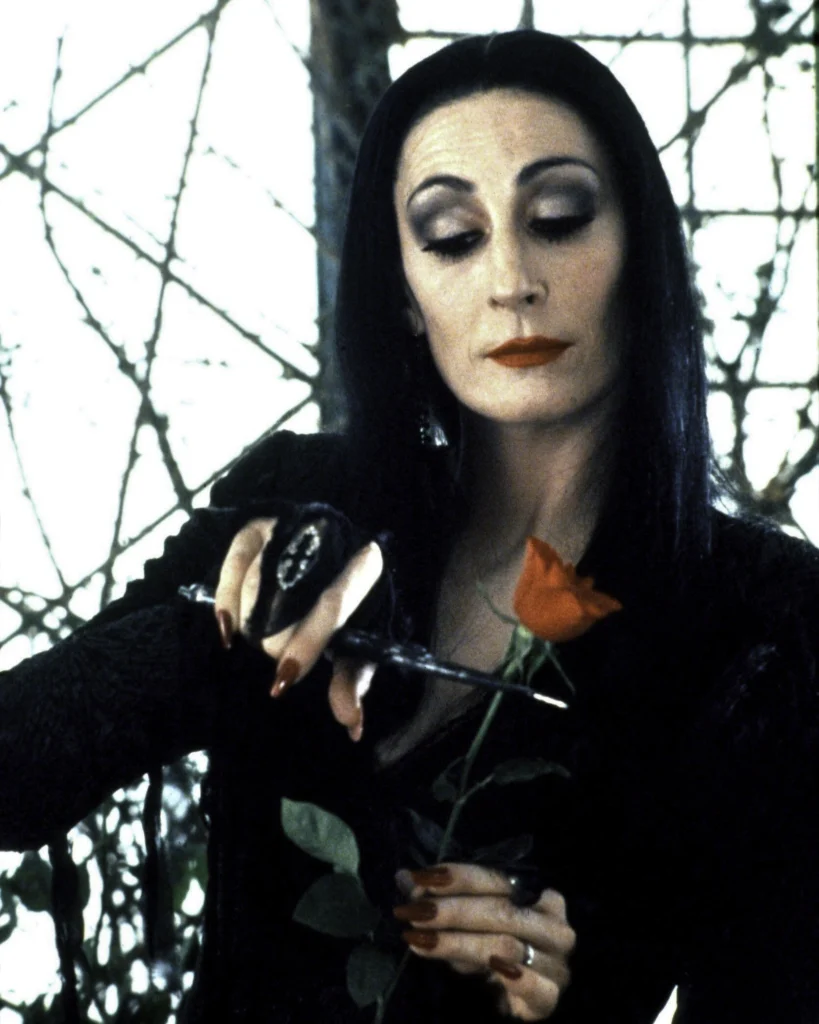When I think about deadheading my roses, I can’t help but recall Morticia Addams from the classic 1960s show “The Addams Family.” She had a distinctive way of deadheading, opting to cut off the blooms and display just the stems in her vase. As I stroll through my garden with my snips, I find myself reflecting on her unique gardening style, though I prefer not to showcase the rose stems in my own home.
For residents of the Valley, the idea of venturing outdoors to face the summer heat while tending to roses can be quite unappealing. Nevertheless, deadheading roses is a crucial activity that enhances the health of the plant. By eliminating faded blooms, the plant not only appears more attractive but also stimulates the growth of new flowers. Many roses purchased from nurseries or online retailers are designed to bloom repeatedly and require our assistance to maintain their flowering potential.
Why Deadhead Roses
From a botanical standpoint, neglecting to remove spent flowers can lead to two outcomes. If the flowers have been pollinated, they will develop a rose hip filled with seeds, signaling to the plant that blooming is complete, which halts the formation of new buds for the season. Alternatively, if your rose blooms are particularly large, they may be inaccessible to insects for pollination, resulting in the flowers drying up and dropping off. In such cases, removing the spent blooms can promote the growth of new buds.
Make Time to Deadhead Your Roses
Setting a time each week to go around the garden to deadhead plants can make the task manageable. I prefer to do this around 6:00 am while managing the water valves for my flower beds and containers. The cooler morning air makes it comfortable, allowing me to check my water lines, tidy up around the plants, and inspect for any pests or diseases. I take along an ARS HP-300L Needle Nose Fruit Pruner and a worn bucket from a local store to collect the dead or fading flowers. I also bring my garden bench for a comfortable seat to make the task more enjoyable. Floribundas and Climbers require the most attention, as they often have multiple blooms to trim. I usually spend about an hour in the garden, which coincides with the time I need to switch the watering to another area.
Lightly Trim Your Roses
After a long, hot summer with only a few small flowers, your rose plants will benefit from a light trim to get ready for the beautiful fall blooms in October and November. This isn’t the heavy pruning you do in January; instead, it’s a gentle cut to remove any dead canes from the summer. You can trim up to one-third of each pencil-thick cane, but only if there’s still plenty of foliage left on the plant afterward. Ensuring sufficient foliage on the plant is crucial. Neglecting this advice will probably kill your plant. The most prudent, and safe, approach is to leave such plants alone until January.
MCC “Deadheaders” Meet Third Saturday of Each Month
The MCC Rose Garden Deadheaders consist of dedicated volunteers who work to maintain the beauty of the rose bushes year-round. These individuals generously donate their time to remove faded blooms, encouraging fresh growth and tidying up the plants. In January and February, they also trim back the canes to stimulate new growth in preparation for the spring season.
Every third Saturday of the month, the Deadheaders gather on the East patio near the MCC Rose Garden Entrance off Southern. They kick things off with a brief meeting around 8:00 am, giving everyone a chance to sip coffee and munch on donuts while chatting with fellow rose lovers. Mike Cryer, the volunteer coordinator for over 20 years, is there to help you dive into the world of “Deadheading.”



